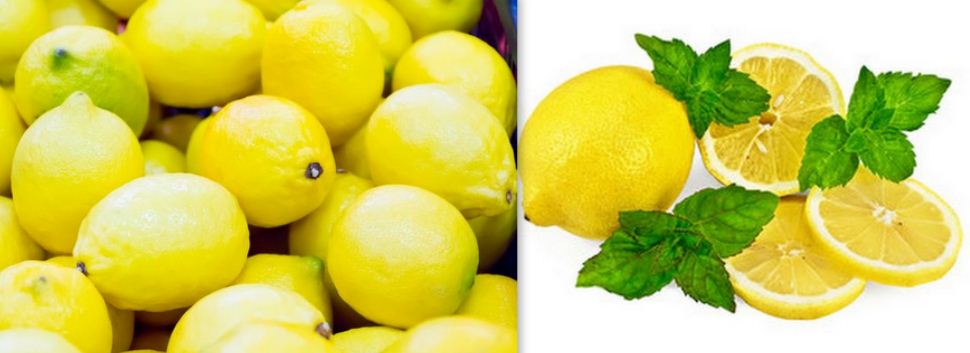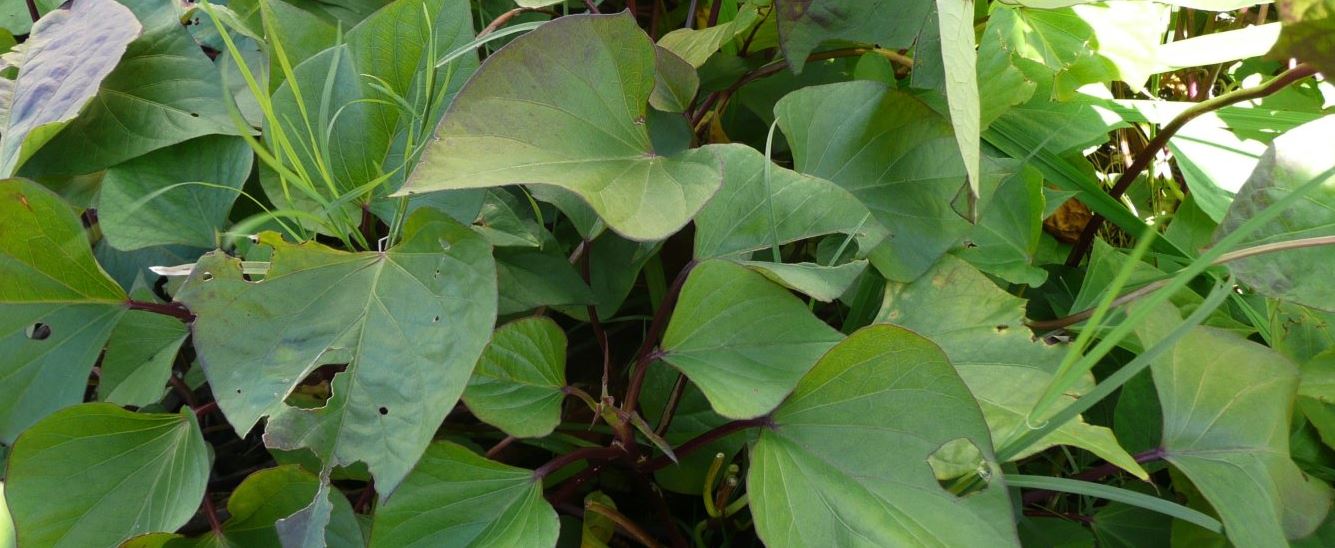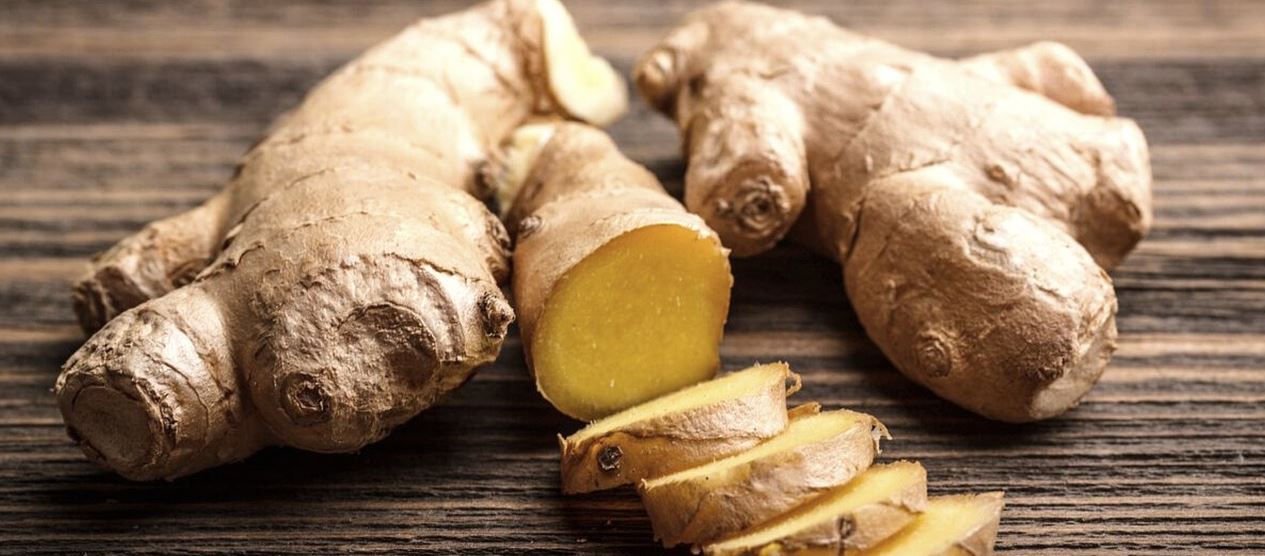About Nutrition Facts and Health Benefits of WaterLeaf

Waterleaf is a soft, juicy vegetable common in West Africa and beyond. People enjoy its mild taste. It's not only tasty but also offers many health benefits.
You can cook it in soup, use it raw in salad, or use it as juice. This article summarizes information from trusted sources, highlighting seven waterleaf health benefits that research backs. It also offers easy suggestions to incorporate waterleaf into your daily diet. Want to know how waterleaf can improve health? Let’s explore the details!
What Makes Waterleaf Special
Waterleaf is a tropical plant known as Talinum triangular. It is a leafy green vegetable that grows in warm areas like Nigeria and Ghana. Yorubas refer to it as Gbure, Igbos as Mgbolodi, Edos as Ebe-Dondo, and Hausas as Alenyruwa.
The delicious leaves of the Waterleaf plant have been used in traditional cooking and medicine for quite some time. One cup of chopped waterleaf (about 100 grams) has just 20 calories but contains fiber, vitamin C, vitamin A, calcium, and iron minerals.
Waterleaf can support digestion, heart health, and more. Here are the seven benefits and how they work.
7 Waterleaf health benefits
1. Supports Digestion
A human stoma is the body’s natural opening to the external world. It is aided by waterleaf. Eating waterleaf may also help prevent constipation and diarrhea. Waterleaf is mostly water, which helps keep things soft to prevent constipation.
A study published in Nutrients 2017 stated that fiber improves gut health and reduces bloating and discomfort. Waterleaf nutrition also includes compounds that relax the stomach, making it ideal for smooth digestion.
The fiber in waterleaf will help add bulk to stool, and water will aid in proper digestion.
Try including waterleaf in vegetable stew or use it in a waterleaf recipe salad with cucumber, and eat raw leaves.
2. Strengthens Immunity
Waterleaf can improve your immune system, helping you remain healthy. One cup provides around 15 percent of the daily amount of vitamin C you need, which aids white blood cells in fighting germs.
A study conducted by Foods in 2019 and published on predictive biomarkers demonstrated that flavonoids are also present in the waterleaf plant and protect cells. Eating waterleaf regularly can enhance the body’s resistance to disease.
How It Works: Vitamin C enhances immune cells, while the key antioxidants shield them against damage.
Mix waterleaf into a recipe juice with pineapple or cook it into soup with fish.
3. Improves Heart Health
Our hearts pump blood every day, and waterleaf helps with this. One cup provides roughly 4% of your daily potassium, which enables you to keep your blood pressure normal by balancing salt.
The fiber helps to lower LDL cholesterol, which clogs arteries. According to a 2020 Journal of the American Heart Association study, leafy greens like waterleaf are heart-friendly. Waterleaf nutrition is a simple way to care for the heart.
How it works: Potassium relaxes blood arteries while fiber lowers cholesterol.
The following are ways you can use waterleaf: steam it up for a waterleaf recipe side dish, or incorporate it into rice with tomatoes.
4. Enhances Eye Health
Waterleaf could help you have a clear vision for daily tasks. It's beta-carotene, a source of vitamin A, which allows the retina to have better sight, especially at night. One cup provides about 30% of the daily vitamin A needed.
According to the National Institutes of Health, vitamin A can prevent eye problems like night blindness. Antioxidants that protect the eyes are other waterleaf health benefits.
How It Works: Beta-carotene creates vitamin A, while the antioxidants protect your eye cells.
You can use raw water leaf to wrap up something and eat it, or cook it in a water leaf recipe stew with carrot.
5. Supports Bone Health
Strong bones keep you active, and waterleaf can contribute. One cup supplies about 8% of your daily calcium, strengthening bones. It also contains magnesium, which helps calcium to stay in bones. A 2017 study in Nutrients finds that magnesium and calcium lower fracture risk. Make it a habit to use waterleaf in your meals for healthy bones.
How it works: Calcium strengthens bones, while magnesium aids absorption.
You can also use waterleaf to prepare a waterleaf recipe smoothie with banana paste, or cook it with beans.
6. Aids Weight Management
Waterleaf is a low-calorie food that helps in weight management. Just one cup only has 20 calories and 2 grams of fiber, making you feel sated. According to a 2021 Nutrients article, fibre-rich vegetables like waterleaf help reduce hunger for weight control. Due to its health benefits, including aiding digestion, waterleaf is a great vegetable to add to your dishes.
How It Works: Fiber makes one feel full, and low-calorie foods prevent excess.
There are many ways to try, including a waterleaf recipe in your diet. Try eating raw waterleaf with dip or adding it to a waterleaf soup with lentils.
7. Improves Skin Health
Waterleaf can enhance skin health, making it feel and look good. It also helps produce collagen to keep skin firm, with 15% of daily needs. A study in the Journal of Cosmetic Dermatology (2022) has confirmed that skin cells can benefit from beta-carotene and flavonoids as they offer a protective action. Waterleaf can improve the skin's glow and its clear fluid.
How It Works: Vitamin C is necessary for our skin’s collagen production. Antioxidants likewise help prevent further damage to the skin.
You can combine waterleaf in a waterleaf recipe juice with mango or add raw waterleaf to a salad with peppers.
What Is in Waterleaf
Nutritional Value of Waterleaf Leafy Green Vegetable Greens Forum Post.
Calories: 20—low and light.
Water: 95%—helps hydration.
Contains 2 grams of fiber for good digestion and heart health.
Vitamin C: 15% of daily requirement – helpful for immunity and skin.
Vitamin A: 30% of your daily need, suitable for eyes and skin.
Calcium: 8% of daily requirement – helps bones.
This information is based on data from the USDA and the Nutrients 2017 studies. Though waterleaf nutrition is not extravagant, it has substantial health benefits.
Antioxidants in Waterleaf
Waterleaf contains antioxidants like beta-carotene, vitamin C, and flavonoids. These substances prevent free radicals from harming cells. This protection keeps the body healthy, the skin glows, and the organs do not experience too much stress. Because of this, nutrition from waterleaf is more beneficial than that from other vegetables.
How to Include Waterleaf in Daily Life.
Waterleaf is mostly found in West African markets and is also available fresh, dried, or frozen at stores worldwide. Its soft leaves are easy to use in many dishes. Below are ideas for relishing waterleaf recipes at any time of the day.
Morning Options
For a breakfast waterleaf recipe, sandwich some eggs and fresh raw waterleaf.
Try a smoothie with waterleaf and apple for a quick drink.
Rice and Sauce Dish: Cook rice and mix with salt water and onions to make this water leaf dish.
Midday Options
Mix the leaves of waterleaf with tomatoes to make a salad.
Cook water leaf in a melon soup (egusi) for any water leaf recipes.
Try raw waterleaf with groundnuts as a snack.
Evening Options
Steaming waterleaf for a waterleaf recipe, served with chicken.
Use waterleaf with spices in jollof rice as the base.
Dish Waterleaf juice with lime. It could be mixed into a jollof rice spiced drink.
Anytime Options
Have a little evening raw waterleaf snack.
Chill out: Add waterleaf juice to cold water for a fresh drink.
Mix waterleaf into a vegetable stir-fry with onions.
Make sure to wash off waterleaf dirt. Because it is high in oxalates (thingie that may affect people with kidney stones), eat it in moderation and consult a doctor if necessary. Cooking can lower oxalates by as much as 50%. So it is safer for most people.
Why Choose Waterleaf
Many people love soft waterleaf vegetables because they have health benefits. They are cheap, grow easily in the tropics, and can be used in many dishes. The waterleaf is a delicious vegetable with a soft texture and health properties many people relish. It grows easily in tropical areas, is inexpensive, and can go with many meals cumulatively.
With these how-to-eat-waterleaf ideas, it’s easy to try a few daily and see the difference. Check out these waterleaf recipes and learn how to enjoy them. It’s an easy way to add healthy, juicy flavor!
History of Waterleaf
Waterleaf has been cultivated for centuries, especially in West Africa and the Caribbean, where it is often used in soups (think Edikang Ikong) or eaten raw (in salads).
It was appreciated because it grows in wet climates and provides nutrients throughout the year. Today, it is eaten worldwide, from Nigeria to Asian and American kitchens, for its flavour and health effects.




